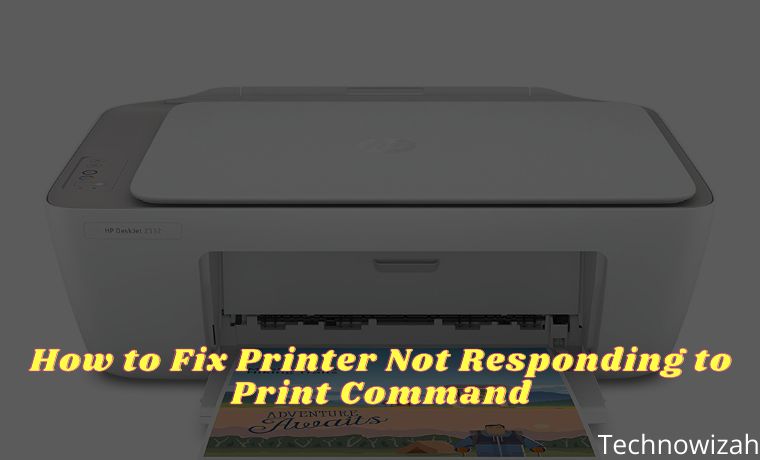10 Ways to Fix The System Cannot Find The File Specified – A faulty operating system can prevent you from running applications or accessing any files. Speaking of errors, many Windows 10 users have complained about the issue on forums that they can’t access their files because of ‘ The System Cannot Find The File Specified ‘.
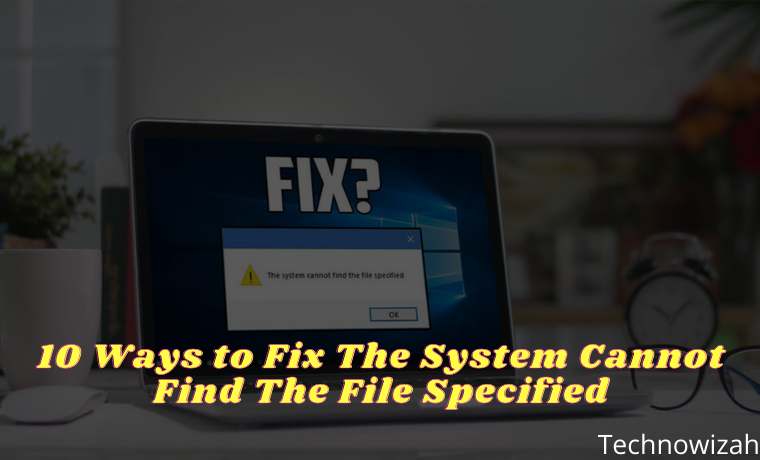
How to Fix The System Cannot Find The File Specified on Windows 10 [2024]
If you’re experiencing The System Cannot Find The File Specified as an error message, don’t worry. Because this is a pretty standard Windows error. There are various factors that can trigger the ‘The System Cannot Find The File Specified’ error message.
Read more:
- 16 Best Free Antivirus for Windows 10 Laptop PC (100% Free)
- How to Uninstall Applications on Windows 10 Laptop PC
- 20 Best Free VPNs for Windows 10 Laptop PCs
- 5 Ways To Remove and Activate Windows 10 Watermark Permanently
You may get error messages because your system files are missing or corrupted, files required for certain software are missing or corrupted, disk failure, partition issues, incorrect file information, etc.
How to Fix The System Cannot Find The File Specified
Luckily, we have found some of the best methods that can fix the ‘The System Cannot Find The File Specified’ error message in no time. So, here we are going to share the 10 best methods to fix ‘The System Cannot Find The File Specified’ from Windows 10 computers.
#1. Install Windows Updates
The ‘The System Cannot Find The File Specified’ error message mostly occurs on older versions of Windows. So, the solution to fixing the error message also lies in installing Windows Update. So, to install pending Windows Updates, follow some of the simple steps listed below.
1. First press Windows Key + I on your keyboard to open Windows Settings.
2. Once the Settings window opens. There you need to click on ‘ Update & Security ‘.
3. In the next window, you need to click on the ‘ Check for Updates ‘ button.
Now the Windows update utility will check for pending updates, if it finds it, it will install them on your computer.
#3. Update Drivers
If you get the error message ‘The System Cannot Find The File Specified’ due to a driver issue, then you need to update the old driver. You can either uninstall & reinstall the drivers from the Device Manager, or you can rely on third-party tools to update the drivers. We highly recommend you use a third-party tool to update all drivers, as updating all drivers manually is a troublesome task. So, you can install an application to update all your drivers such as Driver Booster.
#4. Use System File Checker
In this method, we need to use the Command Prompt to use the System File Checker (SFC) to fix the error message ‘The System Cannot Find The File Specified’. So, let’s check how to use the SFC command in CMD.
1. First press Windows Key + R then type cmd then press CTRL + SHIFT + ENTER to open Command Prompt in Administrator mode.
2. You will now see a Command Prompt window open. There you have to enter the following command ‘ sfc /scannow‘ and press Enter.
3. Now, wait for the System File Checker (SFC) utility to complete the scan.
Make sure to restart the computer after the scan is complete. This will most likely fix the ‘The System Cannot Find The File Specified’ error from your computer.
#5. Use CHKDSK Scan
If the SFC command still doesn’t work to solve the problem. You can run CHKDSK to scan for corrupted files and fix the “The System Cannot Find The File Specified” error. To use it, follow the steps below.
1. Just as before, open Command Prompt in Administrator mode.
2. Now enter the following command in Command Prompt chkdsk /r
3. Press the Enter key to run this command and it will automatically fix the error.
4. After this command is finished, restart your PC.
#6. Check System Log
If all the above methods still fail to fix The System Cannot Find The File Specified from your computer, then we suggest you check the system log file. Here are the steps you need to follow.
- Go to the C:/Windows/INF file directory and open the INF folder folder
- In the INF folder, find the setupapi.dev.log file and open it.
- Now press CTRL + F search for cannot find the file ‘ and press Enter.
- Now you will get the missing files. Simply, copy & paste to the Windows/INF folder.
Now restart your computer to fix ‘The System Cannot Find The File Specified’ from Windows 10.
#7. Edit Registry File
This is one of the methods you can try to fix the “The System Cannot Find The File Specified” problem.
1. Press Windows Key + R simultaneously to open the Run Dialog box then type Regedit and press Enter.
Note: Modifying the registry comes with certain risks, you should export the registry first to make a backup. Click File > Export to create it.
3. After you have backed up the registry, navigate to HKEY_LOCAL_MACHINE\SOFTWARE\Microsoft\Windows\CurrentVersion.
4. Open the key and look for the RunOnce button. You can create it if this key doesn’t exist. Click the CurrentVersion button and choose New > Key from the menu.
5. Type RunOnce as the new key.
7. Check if the RunOnce key is there.
8. Exit Registry Editor and restart your PC.
#8. Delete ProfileImagePatch Key
Well, if you are still getting the error message ‘The System Cannot Find The File Specified’ when creating system images or backups, then you need to try this method. The problem occurs when Windows caches the old Profile image path. So, follow this method to fix the ‘The System Cannot Find The File Specified’ error message from Windows 10.
1. First, press Windows Key + R to open the Run Dialog box. In the RUN Dialog box, enter ‘Regedit and press Enter.
2. Now in the Registry editor, you need to browse to the HKEY _LOCAL_MACHINE\\SOFTWARE\\Microsoft\\Windows NT\\CurrentVersion\\ProfileList patch
3. Now go to the ProfileLisk key and check all sub-keys if they have the ProfileImagePatch value in the right-side panel.
4. If you find a sub-key that has a ProfileImagePath value, delete it.
Now simply restart your computer and ‘The System Cannot Find The File Specified’ will be fixed.
#9. USB Format
Maybe The system cannot find the file specified error may occur while inserting your USB flash disk, for that can format your drive to fix the problem. Follow the steps below to do it.
Note: This will erase all the data on the USB flash drive, so make sure to back up your USB to avoid data loss.
1. First open This PC > right-click on your USB flash drive then click Format.
2. Make sure the Quick Format option is checked.
3. Click Start to format it.
#10. Scan for Virus And Malware
Malware and Viruses sometimes damage important system files. So, the System cannot find the specified file errors can also occur due to threats and viruses. So, if you are using an Antivirus program, then run a deep scan. If you don’t have an antivirus application, you can try an application like Malwarebytes to remove virus and malware threats from your computer.
Easy Solution To Fix The System Cannot Find The File Specified
Although the fixes given earlier are a bit technical and if you don’t have any technical computer knowledge then it will be difficult for you to do. So, to make this process easier for you, try installing the PC Repair Tool application.
It is one of the best repair tools that can easily deal with all kinds of Windows-related problems such as registry errors, DLL errors, driver issues, update errors, and more.
And most importantly, you don’t have to type any commands and do anything manually. It will automatically scan, detect, and fix errors and also improve the performance of your PC.
Read more:
- 5 Ways to Fix Reboot And Select Proper Boot Device
- 20 Ways to Fix 100% Disk Usage on Windows 10 PC
- 8 Ways to Fix a Laptop That Can’t Be Charged
Conclusion:
So, here are some of the best methods to resolve the ‘The system cannot find the file specified error’ from a Windows 10 computer. Make sure to carry out the repairs one by one carefully and hopefully one of these methods can help you fix your problem.
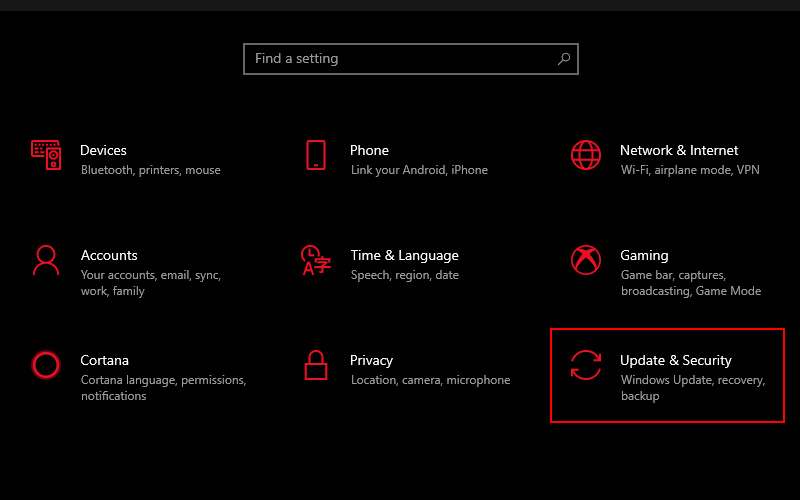
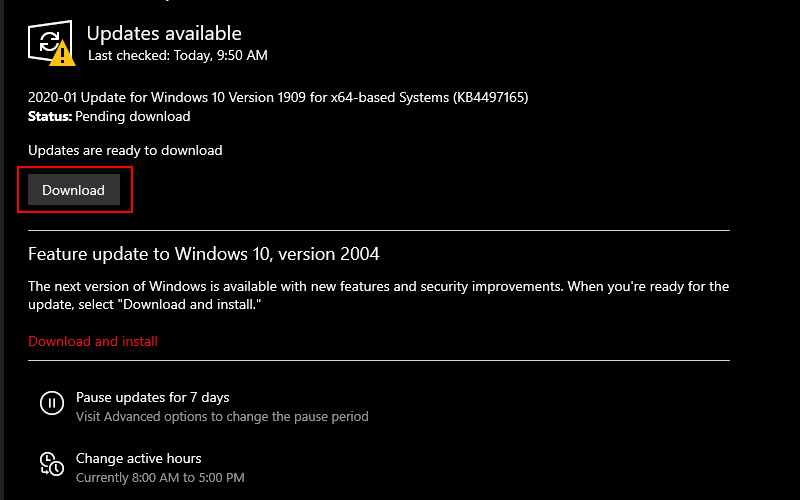
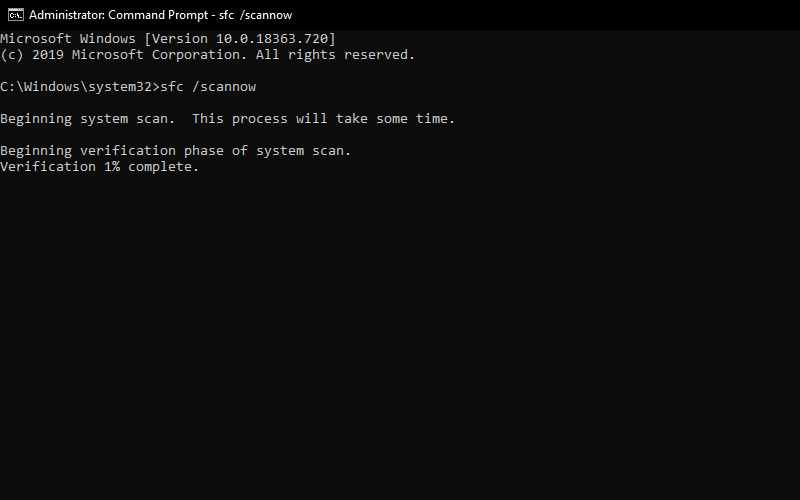
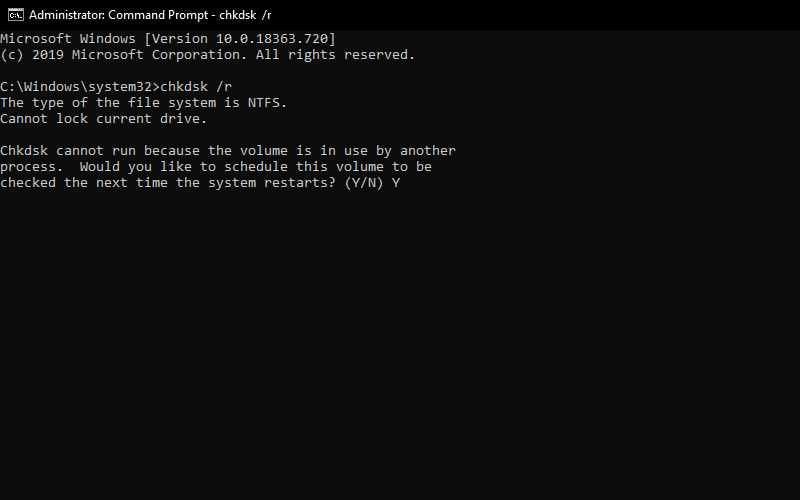
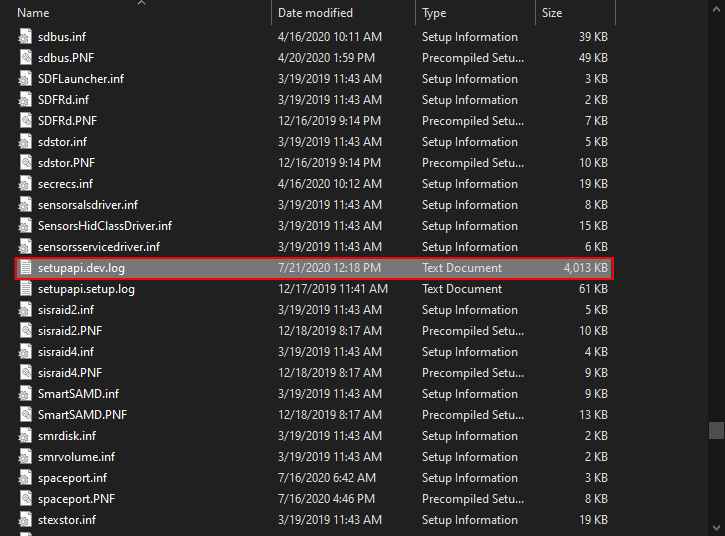
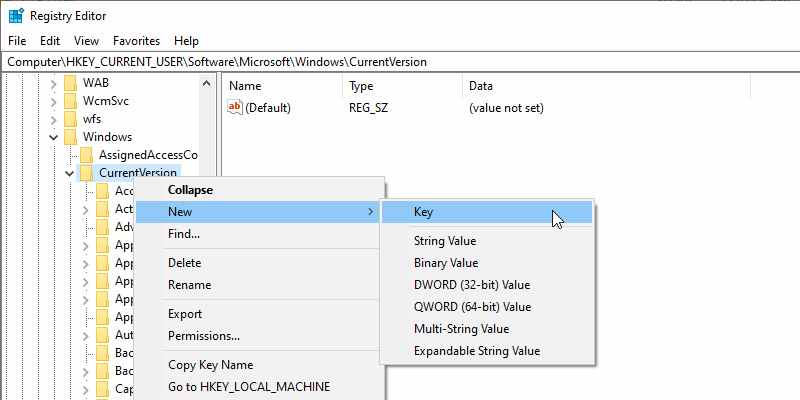
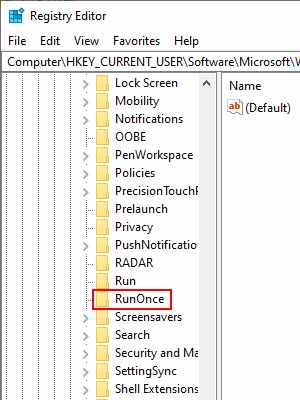
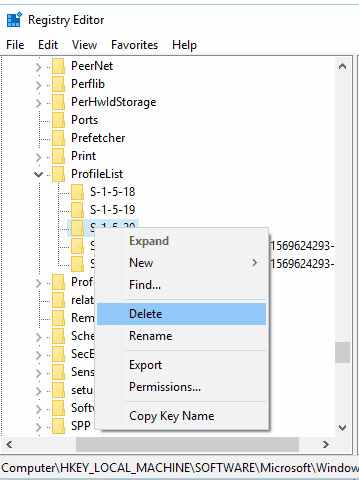
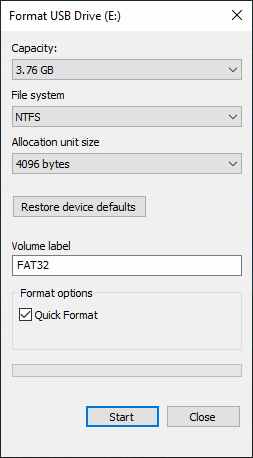
![8 Ways to Fix The Hosted Network Couldn’t Be Started in Windows 10 [2026] 8 Ways to Fix The Hosted Network Couldn't Be Started in Windows 10](https://technowizah.com/wp-content/uploads/2021/07/8-Ways-to-Fix-The-Hosted-Network-Couldnt-Be-Started-in-Windows-10.jpg)
